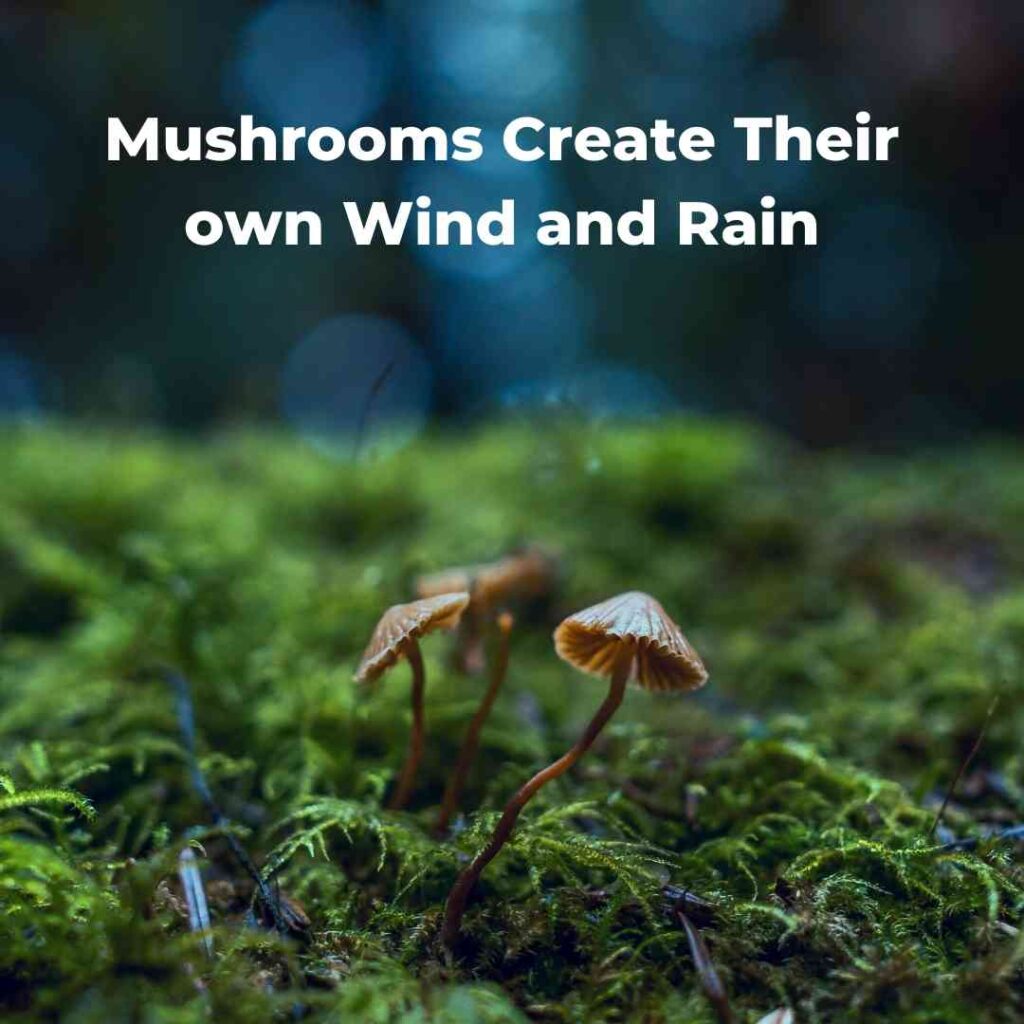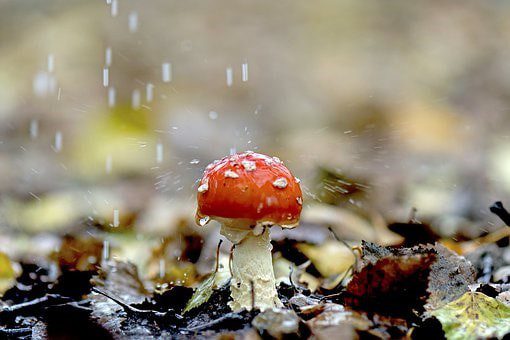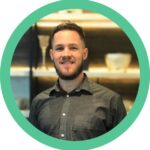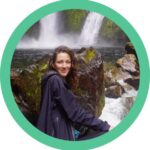
Mushrooms as rain-makers

Mycelium (fungal ‘roots’) requires rain to fruit – producing what we know as mushrooms. Mushrooms are the fruiting body of the fungus and are also what produce the spores (fungal ‘seeds’) that continue the fungal life cycle. The spores are shaped in such a way that the displacement of tiny water droplets shifts them along the ‘gills’ of the mushroom and allows them to be released as ‘aerosols’ which are picked up by the wind and taken to new spaces. Some mushrooms require the dropping of water onto their surface to ‘puff’ the spores out in large plumes. This process, requiring perfectly shaped spores, is extremely intelligent in itself – however, the intelligence of mushrooms knows no bounds!
To ensure that the spores are carried far enough away from the mushroom, the fruiting body will also create tiny convection currents (micro-scale wind) by releasing water vapour that cools the air around it. This lifts the spores up and allows them to catch higher wind currents.
The mushroom spores take it a step further when they’re in the air: the same intelligent shape attracts water to form around them, adding weight to both airborne moisture and spores. The added weight allows airborne moisture to condense and fall as rain, further facilitating more spore-release from mushrooms on the ground.

Fungi are one of the many organisms that are already being dramatically affected by climate change. From old growth mushrooms like the Amadou, declining due to the eradication of old growth forests, to the mushroom fruiting season doubling in England due to warming temperatures and changes in rainfall. The climate change effects seen on fungi, and the knock on effects caused by them (like faster decomposition of forest matter) are extremely diverse and difficult to predict. This is worrying because it points out that mushrooms could help save us, or they could reach a tipping point before they begin exasperating the decline in the Earth’s health, and our own chances of survival.

Fungi are undoubtedly important in all ecosystems and it is up to us to ensure that their health is supported. We can do this by:
- Advocating for the sustained health and existence of forests
- Using only natural products for cleaning, self-care, etc.
- Learning about fungi and forests, and sharing that knowledge
- Creating fungal sanctuaries in backyards with dead wood
- Supporting organic and beyond-organic agriculture, and refusing to support practices that lead to deforestation (like mass animal agriculture and unsustainable palm oil.)
Resources:
https://www.sciencedaily.com/releases/2007/04/070418132343.htm
https://www.telegraph.co.uk/news/science/10473002/Mushrooms-can-change-the-weather-scientists-reveal.html
https://www.mentalfloss.com/article/81582/mushrooms-can-make-it-rain-and-lot-more
https://www.forestfloornarrative.com/blog/2017/8/29/mushrooms-make-it-rain-literally
By Kelly Steenhuisen




